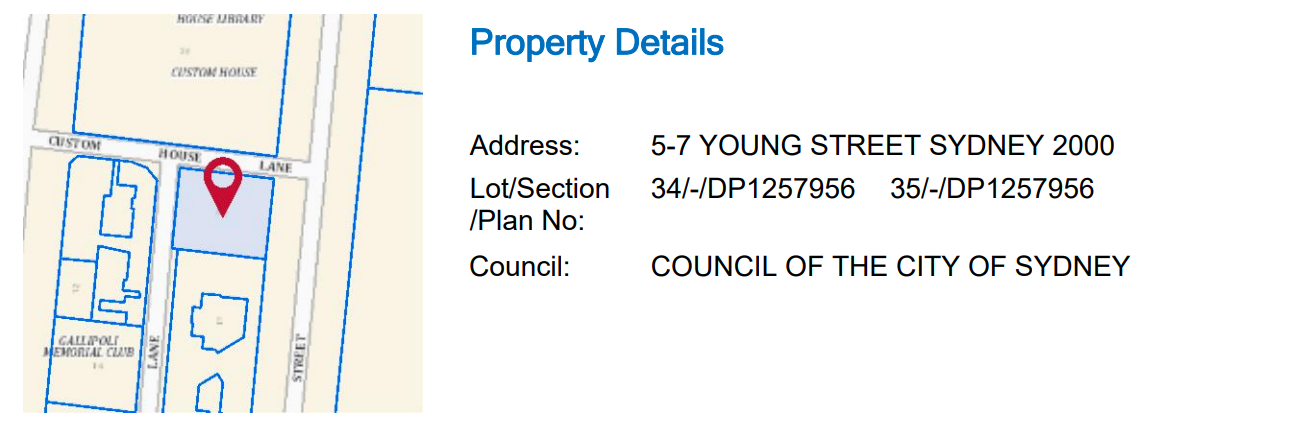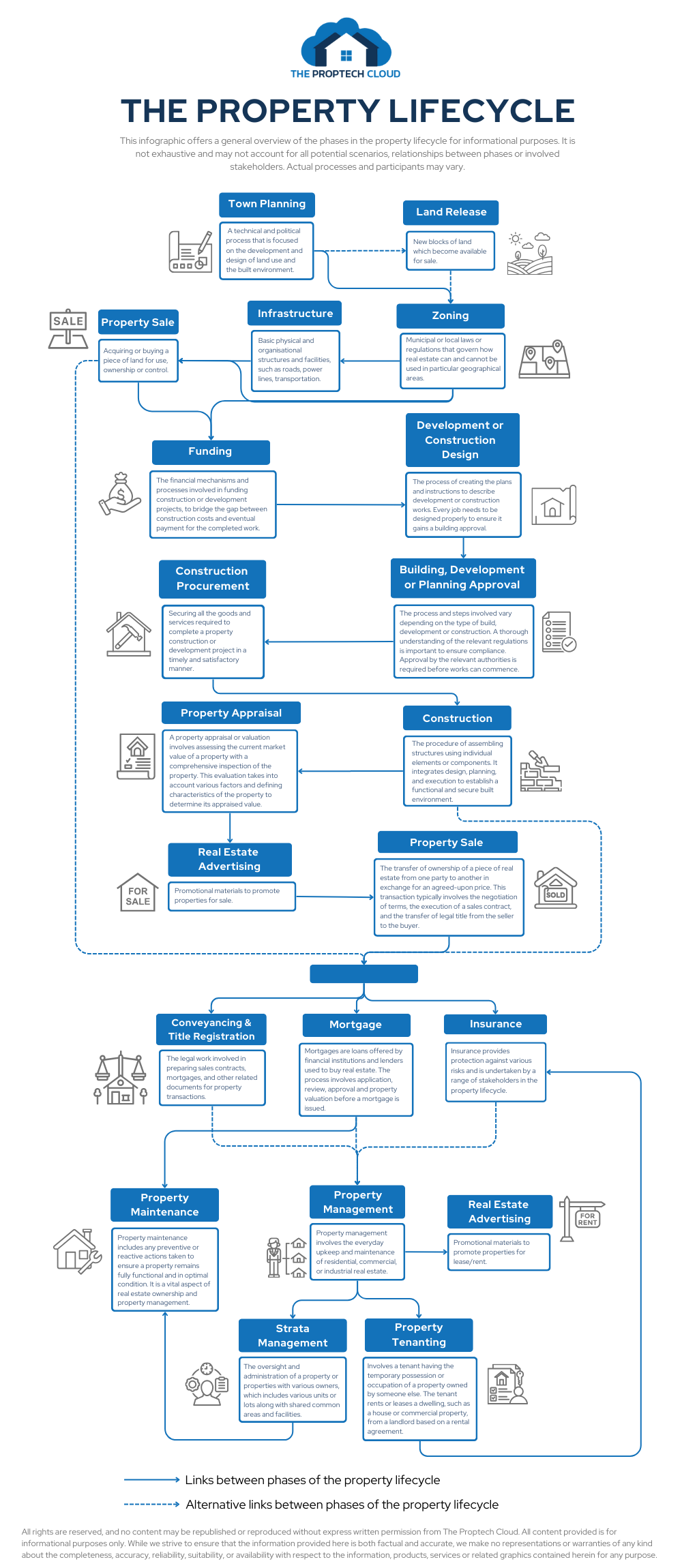
The Shifting Landscape of Property Ownership in Australia
In Australia, there are different types of property ownership structures each with unique rights and responsibilities. From outright ownership and joint tenancy to tenants in common and trust ownership, each structure offers varying levels of control and liability.
However, with rising property prices, regulatory changes, and economic uncertainties, property ownership is evolving.
Relatively new, innovative models like shared equity schemes, build-to-rent and fintech-driven solutions address affordability and accessibility challenges, offering different pathways for those looking to invest in a dynamic property market.
Traditional Ownership Structures
When it comes to owning property in Australia, various ownership structures provide different rights and responsibilities to the owners.
- Outright Ownership: In this structure, you are the sole owner of the property without any mortgage or debt, with your name alone on the deed. As the sole proprietor, you are fully responsible for the property, which is typically owned in your personal name.
- Joint Tenants: Under joint tenancy, you and another person share equal ownership of the property. Both parties have full ownership rights, and upon the death of one joint tenant, their share automatically passes to the surviving joint tenant.
- Tenants in Common: This structure allows two or more people to own specific portions of the property, which can be divided in any ratio, such as 50/50 or 70/30. Each owner has individual rights to their share, which they can sell or bequeath independently of the others.
- Trust Ownership: Here, the property is owned and managed by a trust, an entity that holds assets on behalf of its beneficiaries. Family trusts are common in this structure, particularly when property is intended to be passed on to younger family members.
- Company Ownership: Property can also be owned through a company, and there may be various taxes that could affect a business property.
Current Challenges in the Australian Property Market
Australian Housing and Urban Research Institute’s Report on Australian home ownership over the years shows that the Australian property market is facing significant challenges that are reshaping how people approach property ownership.
Affordability
Rising property prices and stagnant incomes have made traditional home ownership increasingly difficult for many Australians, particularly younger and lower-income households.
Over the past decades, the ability of individuals aged 24–45 to purchase homes has diminished, contributing to a long-term demographic trend of lower ownership rates.
The lack of significant income growth limits the ability to save for deposits or qualify for mortgages, intensifying the impact of high property prices.
Rising rents in recent times also forces renters to allocate a larger portion of their income to rent, making it more challenging for them to save for a deposit to purchase a home.
Housing Supply and Demand Imbalances
The mismatch between housing supply and demand is another significant challenge.
The construction industry is increasingly focused on multi-unit dwellings designed for the rental market, particularly in major Australian cities.
These properties tend to cater to investors and renters rather than potential homeowners, reflecting an industry recognition that ownership may not be the primary mode of housing growth in the future.
Economic Uncertainty
Factors such as interest rates and inflation influence property ownership trends by affecting borrowing capacity and investment decisions.
Stagnant incomes, alongside a mismatch between housing supply and demand, has further strained affordability.
Regulatory and Policy Environment
The policy environment has not supported a resurgence in homeownership. Instead, there is a strong push toward supporting rental markets and investment properties (such as oppositions to negative gearing reform and the build-to-rent push), partly due to the influence of financial and property development lobby groups.
By contrast, there are not equivalent lobbying interests for home purchase.
Global Context and Future Outlook
The decline in homeownership is not unique to Australia, but part of a broader trend seen in many developed countries. As policies and market conditions evolve, there is a noticeable shift from promoting homeownership to managing rental markets.
This trend seems to suggests that Australia’s housing landscape may continue to favour rental and investment properties over traditional homeownership, which means new approaches to housing policy and economic support for potential homeowners is required.
Costs of Changing Property Ownership
In addition to the above challenges, the change of property ownership incurs various costs in Australia, which adds to the cost of home ownership:
- Stamp Duty: A government tax payable when purchasing property. It is charged as a percentage of the land valuation, typically between 3% and 5.5%, depending on the state.
- Capital Gains Tax (CGT): If you sell property or assets for more than its purchase price, you incur a capital gain and must pay tax on it; if you sell for less, you incur a capital loss. Applicable to assets purchased on or after 20 September 1985, CGT is 25% but is exempt for primary residences. Investment properties sold after 12 months of ownership qualify for a 50% CGT discount.
- Other Fees: Legal fees, valuation fees, and costs relating to real estate agent, property marketing, moving and/or changes in existing mortgages may also apply.
These compounding issues have given rise to innovative property ownership models, driving buyers towards new ways of getting onto the property ladder.
Meeting Market Demands
The challenges of the Australian property market have spurred the development of unconventional ownership models that reflect the realities of modern buyers and offer an alternative to the more traditional ideals of property ownership.
Here we discuss alternative ownership models and schemes growing in popularity.
Collaborative Models
As discussed, there are a few options for traditional joint ownership of a property, with different legal ownership structures allowing multiple parties to jointly or partially own property.
Alternative collaborative models, however, are gaining popularity as it leverages collective buying power of their members when they allow multiple parties to share the costs and benefits of owning property. Examples include fractional investing or fractional ownership, where investors own a fraction of a property, and housing cooperatives.
These models are often facilitated through digital platforms that handle everything from matching co-owners (such as Mortgage Mates and Co-operty) to managing legal agreements (such as Rundl).
Shared Equity Schemes
A shared equity scheme is where buyers purchase a portion of a property and the remaining share is owned by an investor or the government.
Examples include the nationwide Help to Buy Program where the government contributes 40% for new builds and 30% for existing properties.
With the exception of the Northern Territory, variations of these shared equity schemes are offered in each state and territory across Australia.
- NSW: Shared Equity Home Buyer Helper
- Victoria: Victorian Homebuyer Fund
- Queensland: Pathways Shared Equity Loan
- South Australia: HomeStart Finance Shared Equity Option
- Western Australia: Shared Home Ownership
- Tasmania: MyHome Shared Equity Scheme
- ACT: Shared Equity Scheme
These schemes lower the financial barrier to entry, enabling more people to own property, even if it’s only a partial equity ownership stake.
Build-To-Rent
Build-to-rent model involves developers retaining ownership of residential properties and leasing units directly to tenants, rather than selling them individually.
While it does not promote individual homeownership, build-to-rent provides several benefits that address common issues faced by renters. Tenants enjoy long-term leases, which provide greater security and the opportunity to build a stable home environment. This model also allows for more flexibility, such as the freedom to personalise living spaces, keep pets and access a range of communal amenities that enhance the quality of life, such as gyms, co-working spaces and social areas.
By focusing on long-term rental solutions, build-to-rent developments aim to create vibrant communities where residents feel a strong sense of belonging and stability, catering to those who prioritise convenience and flexibility by offering a more high-quality, stable and secure rental experiences compared with traditional renting options.
Rent-To-Buy (also known as Rent-To-Own or Vendor Financing)
In theory, rent-to-buy models make home ownership more accessible by offering a “live now, buy later” concept as an answer to those struggling to save a large deposit in Australia’s high-priced housing market.
Typically, the rent-to-buy model allows prospective homeowners to move into a property and live there. Instead of requiring a substantial deposit upfront, this model enables tenants to rent the property and gradually accumulate their deposit as part of their rental payments.
Once the deposit is fully accrued, the tenant can transition to full ownership. FrontYa and PublicSquare offer variations of the rent-to-own model with pathways for potential homeowners to rent a property with the option to purchase it later.
The Synergy Between Fintech and Proptech Driving New Property Ownership Models
The collaboration between fintech and proptech has created a synergy that has driven the development of some new property ownership models by facilitating key processes.
The Rise of Fintech in Property Ownership
One of the most significant shifts has been the integration of financial technology (fintech) into the property market. Fintech companies are transforming how people finance their property purchases, offering more flexible and accessible lending options.
Online platforms now streamline the mortgage application process, providing instant pre-approvals and personalised loan offers based on real-time data, making it easier for buyers to secure financing even in a challenging economic environment.
Fintech has also introduced alternative financing models, such as peer-to-peer lending and crowdfunding.
These platforms allow individuals to invest in property collectively, breaking down barriers for those who might not have the capital to purchase property outright. By pooling resources, investors can own a share of a property and earn returns without traditional mortgages.
Proptech: Revolutionising the Real Estate Industry
Alongside fintech, the emergence of property technology (proptech) is transforming how properties are bought, sold and managed.
Proptech encompasses a wide range of digital tools and platforms designed to enhance every aspect of the real estate process.
Typically, fintech drives these modern property ownership models by providing financial tools and platforms that simplify transactions, expedite processes and enhance transparency.
Proptech complements them by delivering the digital infrastructure and solutions that streamline operations, making these models both accessible and easy to manage.
Innovation and Legal Uncertainty: The Evolving Cycle
Fintech and proptech companies are driving technological innovation and digital disruption across the real estate industry.
However, these advancements also expose the limitations of current regulations.
For example, rent-to-buy and rent-to-own schemes often fall into gaps between federal and state laws, as highlighted by the Consumer Action Law Centre. This unfortunately leaves consumers without the same legal protections that standard home loan borrowers receive.
The scarcity of publicly available information about these new ownership schemes—such as details on conditions, fees, taxes, risks and stakeholder rights—can limit consumers who are conducting due diligence before making any decisions, adding to borrower risk.
To tackle these challenges, proposed laws aim to protect vulnerable stakeholders from risky schemes and regulate against unscrupulous providers.
The relationship between innovation and regulation is constantly evolving, requiring a careful balance between fostering technological advancements, ensuring consumers are protected and that the market is fair.
The Future of Property Ownership in Australia
As these technologies and models continue to evolve, they are not only addressing the current challenges of the Australian property market but are also laying the groundwork for the future. The real estate industry is increasingly interconnected with the broader tech ecosystem, leading to more seamless and integrated property experiences.
In the coming years, we can expect further advancements in fintech and proptech, with innovations that continue to push the boundaries of what’s possible in property ownership and investment. From AI-driven market predictions to blockchain-secured transactions, the future of property ownership in Australia looks set to be more digital, more accessible, and more dynamic than ever before.
This shift toward digitalisation and technological disruption reflects a broader trend across industries, where technology is leveraged to solve complex challenges and create new opportunities. In the property market, this means more options for buyers, and ultimately, a more resilient and adaptable real estate industry that can better meet the needs of a changing world.
For expert help navigating title changes and property ownership questions, consider speaking to a conveyancer or solicitor. They can assist with issues related to property ownership and property law.
All content provided is for informational purposes only. While we strive to ensure that the information provided here is both factual and accurate, we make no representations or warranties of any kind about the completeness, accuracy, reliability, suitability, or availability with respect to the blog or the information, products, services, or related graphics contained on the blog for any purpose.
Subscribe to our newsletter
Subscribe to receive the latest blogs and data listings direct to your inbox.







